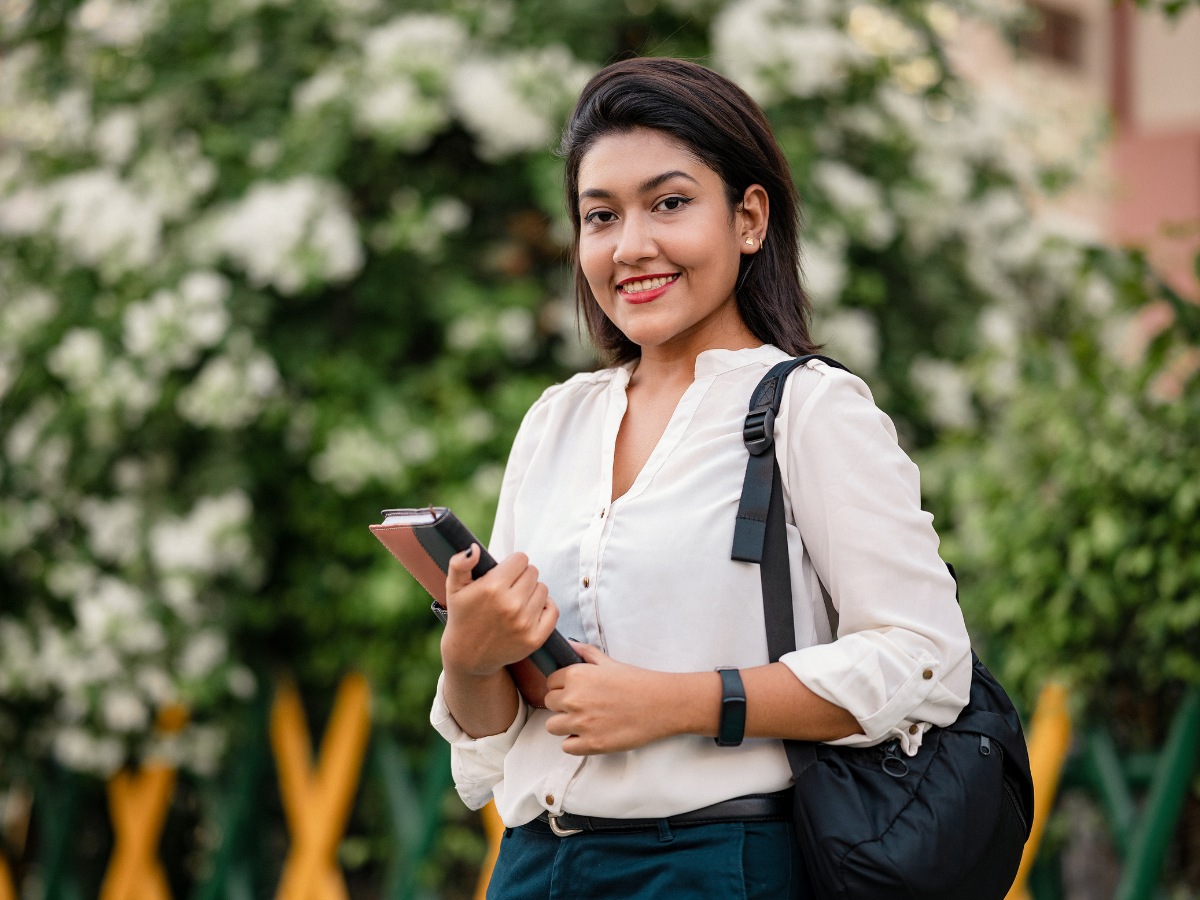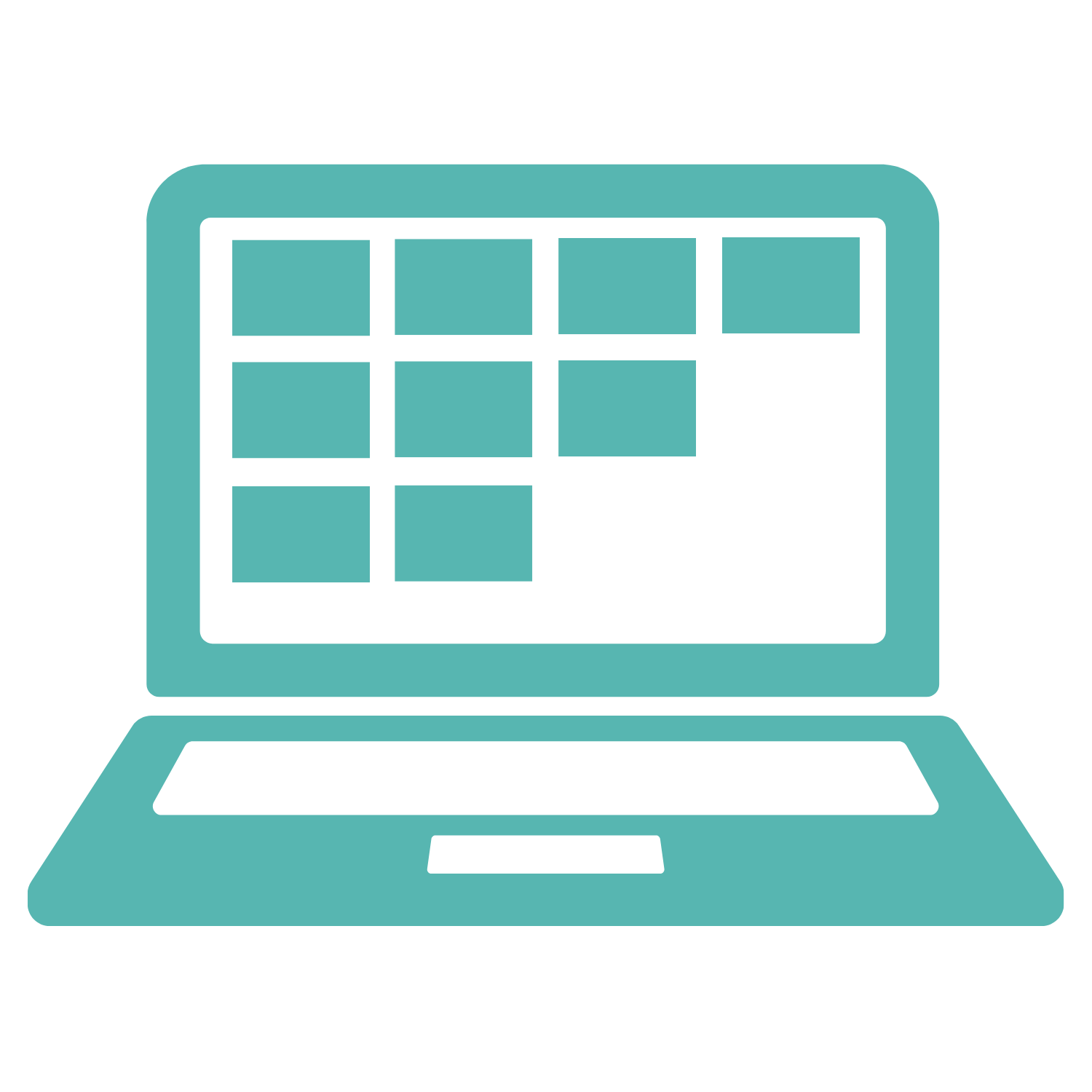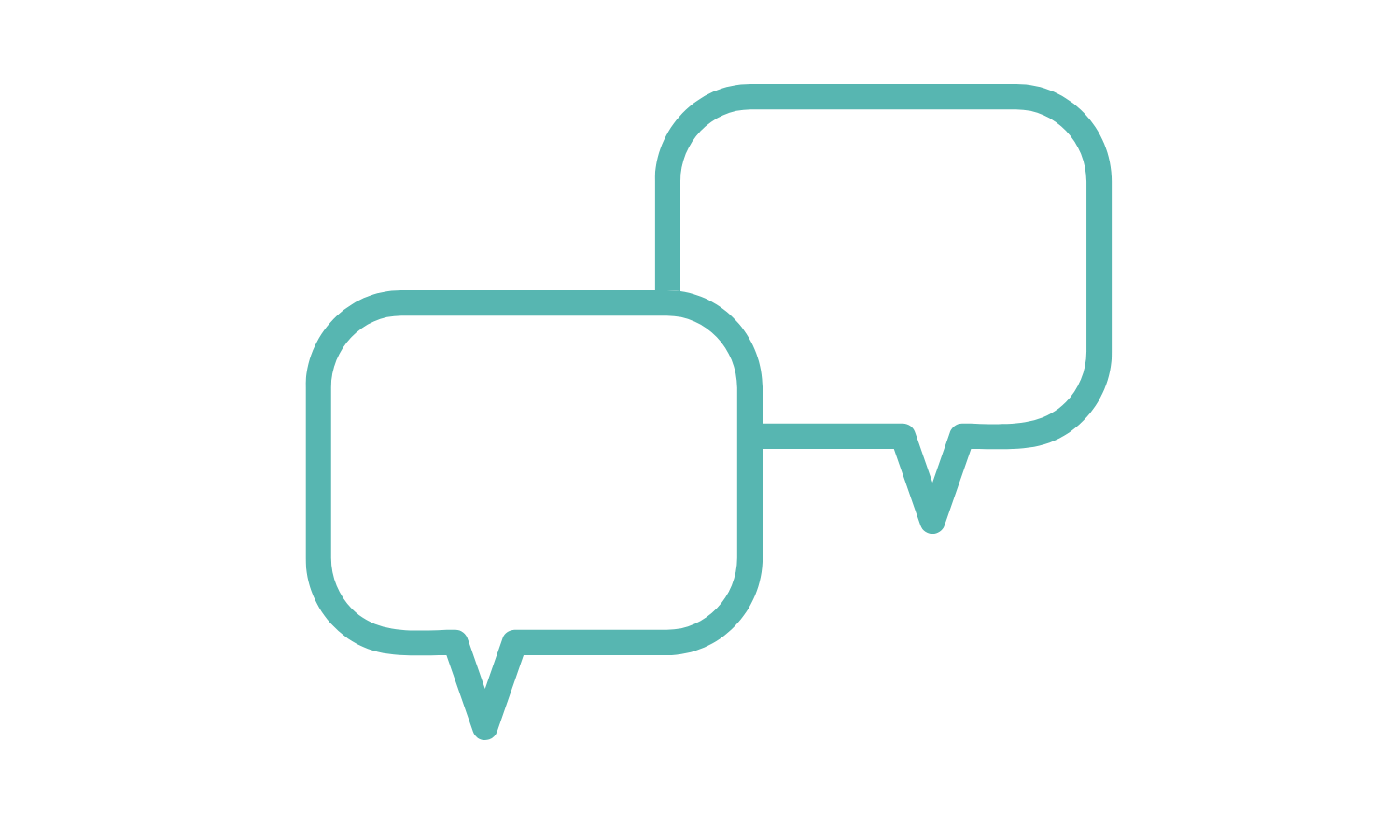Our Story
 Hi, I'm Anush Hansen, Licensed Professional Counselor, Certified Career Counselor, former public health and health promotion researcher, and Founder of Balanced Card Sorts.
Hi, I'm Anush Hansen, Licensed Professional Counselor, Certified Career Counselor, former public health and health promotion researcher, and Founder of Balanced Card Sorts.
I founded Balanced Card Sorts and developed the Work-Life Balance Assessment when I noticed my counseling clients struggling to articulate what specific factors in their careers and personal lives were leading to their stress, anxiety, burnout, and lack of balance.
While many clients expressed their need for better work-life balance, it became clear to me that “balance” means very different things to different people, depending on their professional and personal priorities, values, responsibilities, and circumstances.
I started paying close attention to the factors that came up for clients when discussing challenges in their careers and lives, and began thinking about them holistically, and in terms of where those factors fit within the Eight Dimensions of Wellness.
Since your career cannot be addressed in isolation from the rest of your life, and because your work impacts your mental and physical health, it’s critical to think about work-life balance within a holistic, wellness-centered framework.
The Eight Dimensions of Wellness* - A Holistic Framework

- Emotional Health: Coping effectively with life & creating healthy, satisfying and meaningful relationships
- Social Health: Developing a sense of connection, belonging & a well-developed support system
- Physical Health: Recognizing the need for physical activity, healthy foods & adequate sleep
- Occupational Health: Personal satisfaction, enrichment & purpose from one's work & career
- Environmental Health: Accessing and occupying safe environments that support health & wellbeing
- Financial Health: Satisfaction with current and future financial situations
- Intellectual Health: Recognizing abilities and finding ways to expand knowledge and skills
- Spiritual Health: Expanding a sense of purpose & meaning in life
* adapted from the US Substance Abuse & Mental Health Services Administration's Wellness Wheel Model (https://www.samhsa.gov/)
With all this in mind, I wanted to create a resource to help people clarify and untangle these factors, identify their career and life priorities, and develop goals and a concrete plan for improving how they feel and function in their day-to-day lives. This is where the idea for the Work-Life Balance Assessment originated.

The Work-Life Balance Assessment came to life in 2020 at my kitchen table in Kennebunk, Maine, when, like so many others, my work and life as I knew it came to a screeching halt due to Covid-19. With a first grader suddenly distance-learning full-time, I found myself stuck at home while trying to manage my private counseling practice and clients remotely.
Unable to see clients during the day, while supporting my son in online school, I had time to think about work-life balance (or my sudden lack thereof) and decided that COVID lockdown would be an opportunity to start formally developing and designing my card sort idea. In a time where the world of work, family, health, and balance had been completely flipped on its head, it seemed there was no better time to dive into creating a tool to help as many people as possible sort out specifically what they want and need to feel happy, healthy, fulfilled, and more balanced.
Once word got out about the Work-Life Balance Assessment, school and mental health counselors and educators started asking for a similar tool that could be used with high school and college students. This led to the development of two additional student-focused card sort tools, including: the Student Career Values Card Sort, which helps youth and young adults clarify and communicate what’s most important to them when then think about their future career and work-life balance; and the Student Wellness Card Sort, which helps youth and young adults prioritize their needs and goals when it comes to their mental health and well-being.

Most recently, with the release of the US Surgeon General's Framework for Workplace Mental Health & Well-being, Balanced Card Sorts has adapted some of the language in the our card sort tools to better align with the language of this new public health framework.
With large employee wellness associations such as the Wellness Council of America (WELCOA) and the National Wellness Institute incorporating this model into their future wellness strategies, aligning the language of our tools with the Surgeon General's Framework can help contribute to improved communication around mental health and wellness between employers and their employees; and to building a culture of caring and wellbeing in the workplace.
The Balanced Card Sorts team is passionately committed to sharing our tools with students and employees to help them clarify, communicate and build what they want and need into their lives to find better work-life balance, health and well-being.
To learn more about using our products or to request a demo, please contact us and we'll be happy to help.

"In addition to giving students autonomy in their wellness journey, this program elevated staff and faculty's view on how they might encourage and facilitate the wellbeing of students."
- Kaye Godbey, Coordinator of Wellness Programs, Marshall University
An engaging solution that promotes wellbeing at both the individual student and campus-wide level.
How it works:
-

Interactive Card Sort Activity:
Using our simple digital platform, students sort 35 wellness priority cards, each grounded in the Eight Dimensions of Wellness, to help them clarify and articulate their mental health and wellbeing priorities.
-

Downloadable Workbook:
Students receive a digital workbook, which guides them through developing a self-care action plan, highlights your school’s wellness resources, and encourages them to reach out for support.
-

Aggregate Data Insights:
You'll receive aggregate data insights into students' reported wellness priorities, allowing for informed decision making and optimized resource allocation to meet their wellbeing needs.
-

Proactive Wellness Programming:
Spend more time doing the health promotion and prevention work you love, by offering your students a proactive, holistic, campus-wide solution that helps improve the wellbeing of all of your students.
Embedding wellbeing into your individual department or across your entire campus.
We'll partner closely with you to better understand your specific needs, and collaborate to establish a simple, smooth, and cost-effective implementation plan that's aligned with your mission, goals, and budget.
Implementation Strategies

Orientation Programming
- Offer the card sort as an activity for students to do before they arrive on campus, &/or during the first week of school, to get them thinking about their wellbeing priorities & what they need to succeed as they transition to school.
- Use as a way to introduce the mental health & wellness resources available on campus.
- Highlight your school's commitment to helping new students take care of their wellbeing from day-one.
First Year Experience
- Include in your FYE curriculum to help normalize prioritizing mental health & wellbeing.
- Assign as pre-work & discuss wellness goals and strategies in pairs, small groups, &/or as a class.
- Help students develop critical life skills & build agency in advocating for their own wellbeing.
- Improve wellbeing literacy on campus.
Peer Mentoring & Education
- Use as a peer-to-peer mentoring tool for exploring and articulating mental health & wellbeing needs.
- Provide as a paired goal-setting activity.
- Use as a structure for support & accountability to help students following through with their wellbeing goals.
Wellness Programming
- Use as a homework assignment & discussion activity for wellness workshops & classes.
- Use in one-on-one wellness counseling sessions.
- Offer as a standing resource on your Wellness Services webpage.
- Encourage students to use the tool during Wellness & Stress Buster Weeks.
Counseling & Advising
- Offer as part of the intake process to help students prepare for individual or group counseling or advising sessions.
- Provide as a grounding exercise for students who are feeling overwhelmed or distressed.
- Use as a guide to help students develop a specific wellbeing goal and action steps for taking care of their mental health & wellbeing.
Residential Life Programming
- Help roommates & dorm communities talk openly with each other about their wellness priorities.
- Encourage them to support one another in reaching their goals & serve as accountability partners.
Athletics
- Provide as a pre-season wellness check-in & goal setting exercise for student athletes.
- Offer during times of high stress as a grounding & resilience building activity.
- Use for team-building , group support & accountability.
Trusted by the following colleges & universities:




"The Wellness Card Sort gives us a current snapshot of student wellness priorities. We’re using this information to make strategic decisions about wellness programming to address student needs in the moment."
- Paula Fitzpatrick, Director, Center for Wellbeing, Worcester Polytechnic Institute




